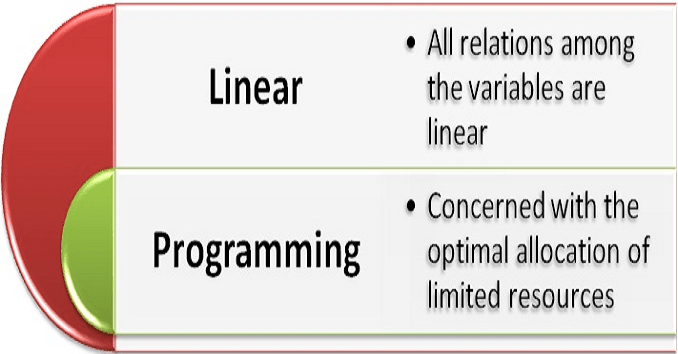
Meaning of Linear Programming Problem (LPP)
Linear Programming is a decision-making technique under the given constraints under the condition that the relationship among […]

Linear Programming is a decision-making technique under the given constraints under the condition that the relationship among […]
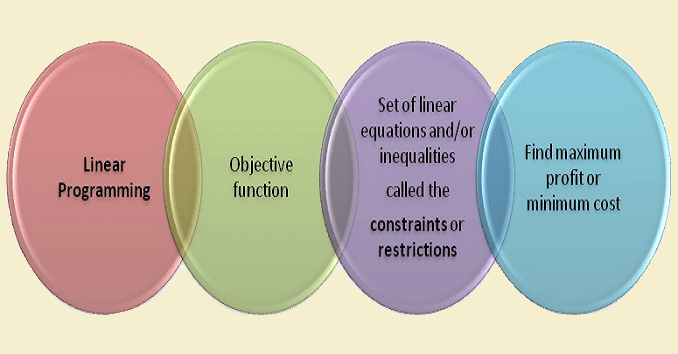
Introduction & Definition of Linear Programming Problem (LPP): In linear programming, we formulate our real-life problem into a mathematical model. It involves an objective function, linear inequalities with subject to constraints (s.t.). The technique of linear […]
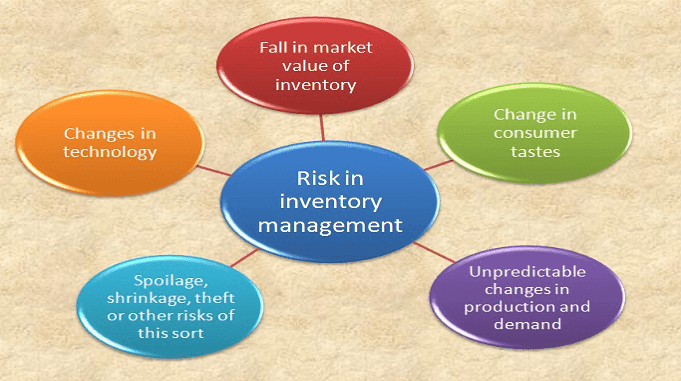
The sources of the market value of risk depend on the type of inventory. Purchased inventory of manufactured goods is subject to losses… […]
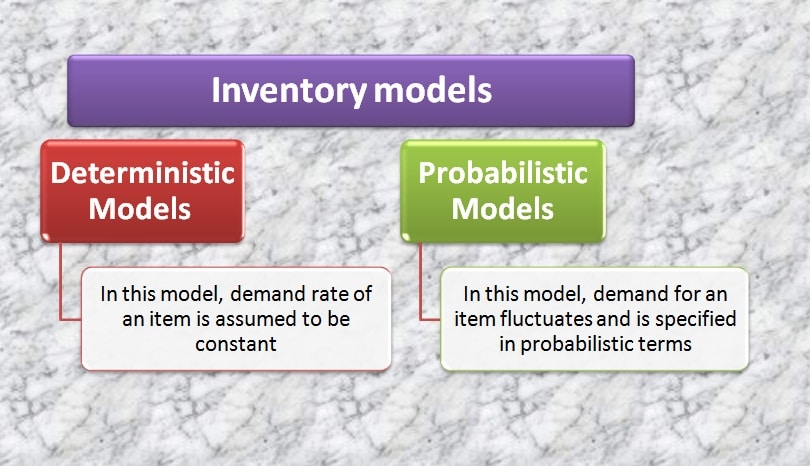
The order quantity (how much) and reorder point (when) are determined deterministically by minimizing the total inventory cost that… […]

In JIT, a firm keeps only enough inventory on hand to meet immediate production needs. The JIT system reduces inventory carrying… […]

Managers can aware by monitoring the average age of inventory, what their pricing strategy should be. The average age of inventory… […]
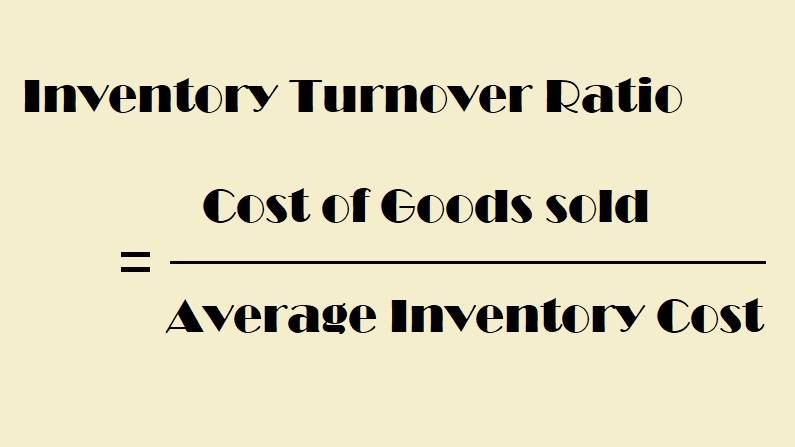
The Inventory Turnover Ratio is also known as stock velocity is normally calculated as “sales/average inventory” or “cost of… […]
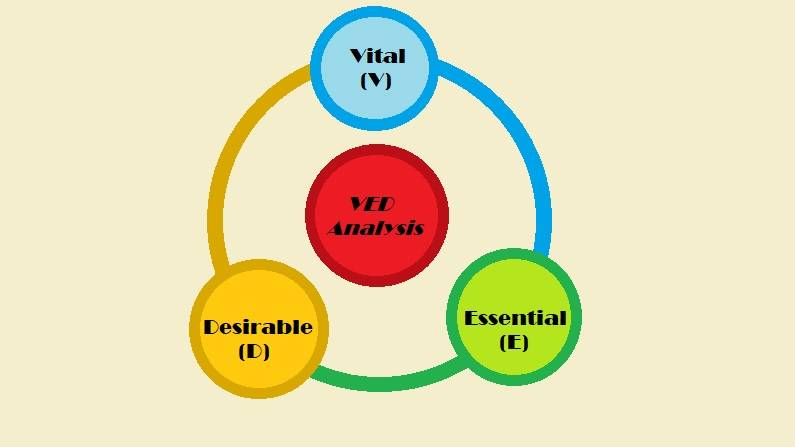
VED Analysis: The VED analysis employed in inventory control is used generally for spare parts. It is an important, necessary and desirable analysis. The requirements and urgency of spare parts is different from that of […]
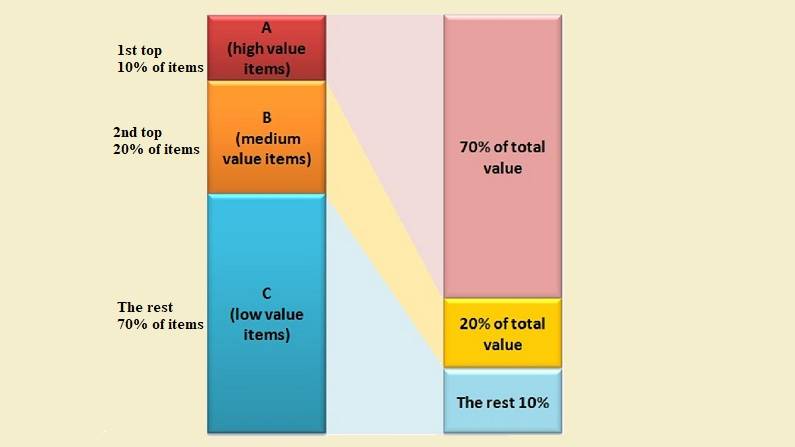
A-B-C analysis helps to concentrate more efforts on category A since greatest monetary advantage will come by controlling… […]
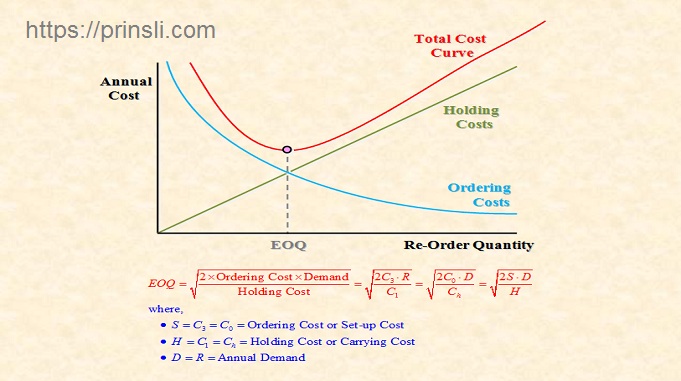
Economic order quantity is the point at which inventory carrying costs are equal to order costs. EOQ is that order quantity or… […]
Copyright © 2019 - 2024 Prinsli.com - All rights reserved